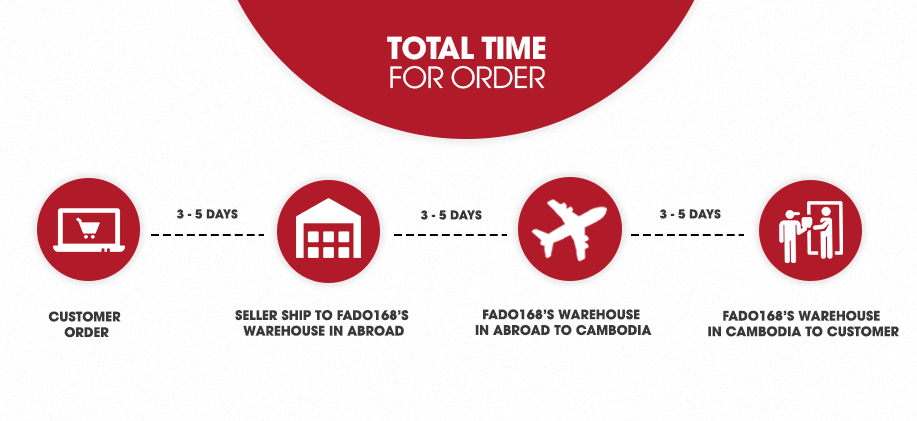Who This Book Is For
Although we had an initial persona in mind when creating this book, during the writing and reviewing process three key personas emerged: the developer, an accidental architect, and the solutions or enterprise architect. We have outlined these personas in the following sections, with the aim that you not only identify with at least one of them, but also so that you can look at each chapter through the different lens these personas provide.
Developer: You have most likely been coding professionally for several years and have a good understanding of common software development challenges, patterns, and best practices. You are increasingly realizing that the software industry’s march toward building service-oriented architecture (SOA) and adopting cloud services means that building and operating APIs is fast becoming a core skill. You are keen to learn more about designing effective APIs and testing them. You want to explore the various implementation choices (e.g., synchronous versus asynchronous communication) and technologies and learn how to ask the right questions and evaluate which approach is best for a given context.
Accidental Architect: You have most likely been developing software for many years and have often operated as a team lead or resident software architect (even if you don’t have the official titles). You understand core architectural concepts, such as designing for high cohesion and loose coupling, and apply these to all aspects of software development, including design, testing, and operating systems. You realize that your role is increasingly focused on combining systems to meet customer requirements. This could include internally built applications and third-party SaaS-type offerings. APIs play a big part in successfully integrating your systems with external systems. You want to learn more about the supporting technologies (e.g., API gateway, service mesh, etc.) and also understand how to operate and secure API-based systems.
Solutions/Enterprise Architect: You have been designing and building enterprise software systems for several years and most likely have the word architect in your job title or role description. You are responsible for the big picture of software delivery and typically work within the context of a large organization or a series of large interconnected organizations. You recognize the changes that the latest iteration of service-based architectural styles are having on the design, integration, and governance of software, and you see APIs are pivotal to the success of your organization’s software strategy. You are keen to learn more about evolutionary patterns and understand how the choice of API design and implementation will impact this. You also want to focus on the cross-functional “ilities”—usability, maintainability, scalability, and availability—and understand how to build API-based systems that exhibit such properties, as well as provide security.


